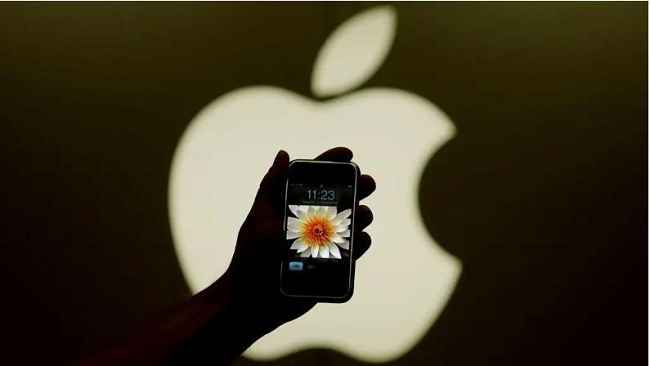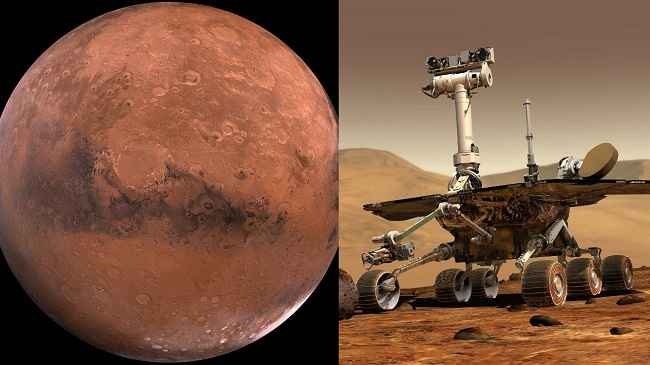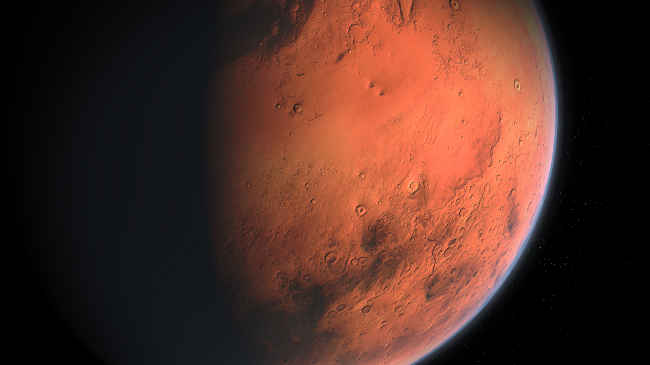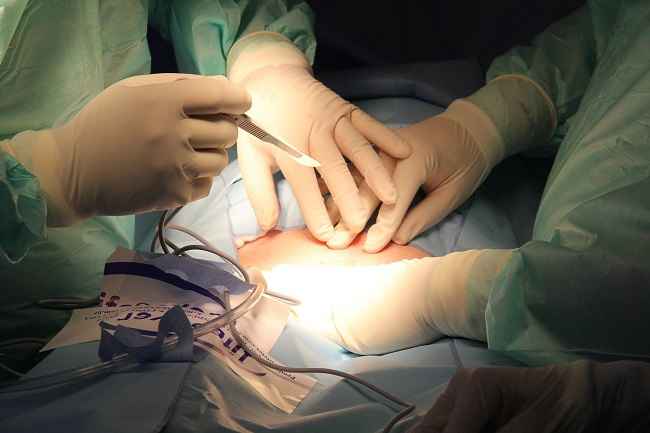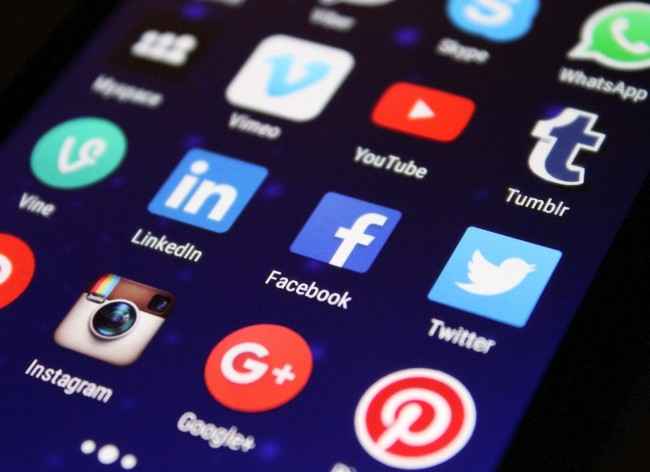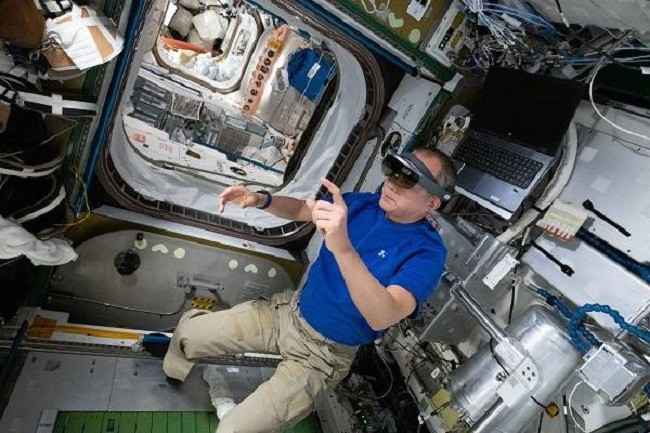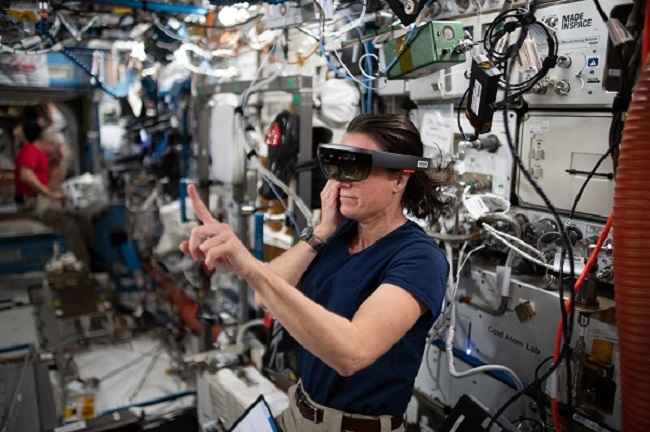New York, Aug 27 (IANS) There may soon be a new weapon in the battle against Covid in the form of a durable coating, thanks to Indian-American researchers, that can quickly kill bacteria and viruses on surfaces, and keep killing them for six months or longer.
The coating, which is clear and can be brushed or sprayed on, gets its durability and germ-killing power by combining tried-and-true ingredients in a novel way.
It uses antimicrobial molecules derived from tea tree oil and cinnamon oil, both used for centuries as safe and effective germ killers that work in under two minutes, according to the study led by Anish Tuteja, a professor of material science and engineering at University of Michigan, published in the journal Matter.
"Disinfectant cleaners can kill germs in only a minute or two but they dissipate quickly and leave surfaces vulnerable to reinfection. We do have long-lasting antibacterial surfaces based on metals like copper and zinc, but they take hours to kill bacteria. This coating offers the best of both worlds," said Tuteja.
The research team included associate professor of materials science and engineering and biomedical engineering, Geeta Mehta and materials science and engineering PhD students Abhishek Dhyani and Taylor Repetto.
The coating's durability comes from polyurethane, a tough, varnish-like sealer that's commonly used on surfaces like floors and furniture.
The coating proved deadly to SARS-CoV-2 virus, E. coli, MRSA and a variety of other pathogens.
It killed 99.9 per cent of microbes even after months of repeated cleaning, abrasion and other punishment on real-world surfaces like keyboards, cell phone screens and chicken-slathered cutting boards.
The coating could be a game changer in traditionally germ-laden public spaces like airports and hospitals.
"The antimicrobials we tested are classified as 'generally regarded as safe' by the FDA, and some have even been approved as food additives," Tuteja said.
"Polyurethane is a safe and very commonly used coating. But we did do toxicity testing just to be sure, and we found that our particular combination of ingredients is even safer than many of today's antimicrobials," he mentioned.
The coating could keep killing germs for six months or longer before its oil begins to evaporate and reduce its disinfectant power.
But even then, said Tuteja, it can be recharged by wiping it with fresh oil; the new oil is reabsorbed by the surface, starting the cycle again.
Tuteja estimates that the technology could be commercially available within a year, as it has been licensed to Hygratek, a spinoff company that Tuteja founded with assistance from Innovation Partnerships at the university.
The University of Michigan has applied for a patent based on this technology.
(Except for the headline, the rest of this IANS article is un-edited)
For more technology news, product reviews, sci-tech features and updates, keep reading Digit.in
from Science and Technology News https://ift.tt/0OEZsqN
